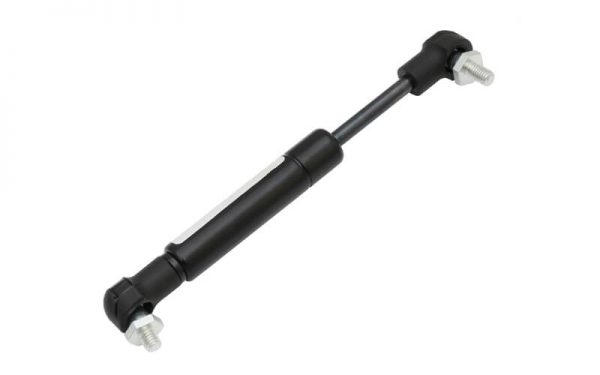
Gas Springs

if you need to speak to us about general query fill in the form belowand we will call you back within the same working day.
Unit 806, No.9, Jiefang South Road, Ningbo 315010, China
Tel: +86-574-87676065
Fax: +86-574-87675899
Email: fusco@fuscoinc.com
Skype: fusco.fsk
Whatsapp: +86-13586528620
Copyright © 2018-2024 Fusco Industry Co., Ltd. All Right Resrrved sitemap